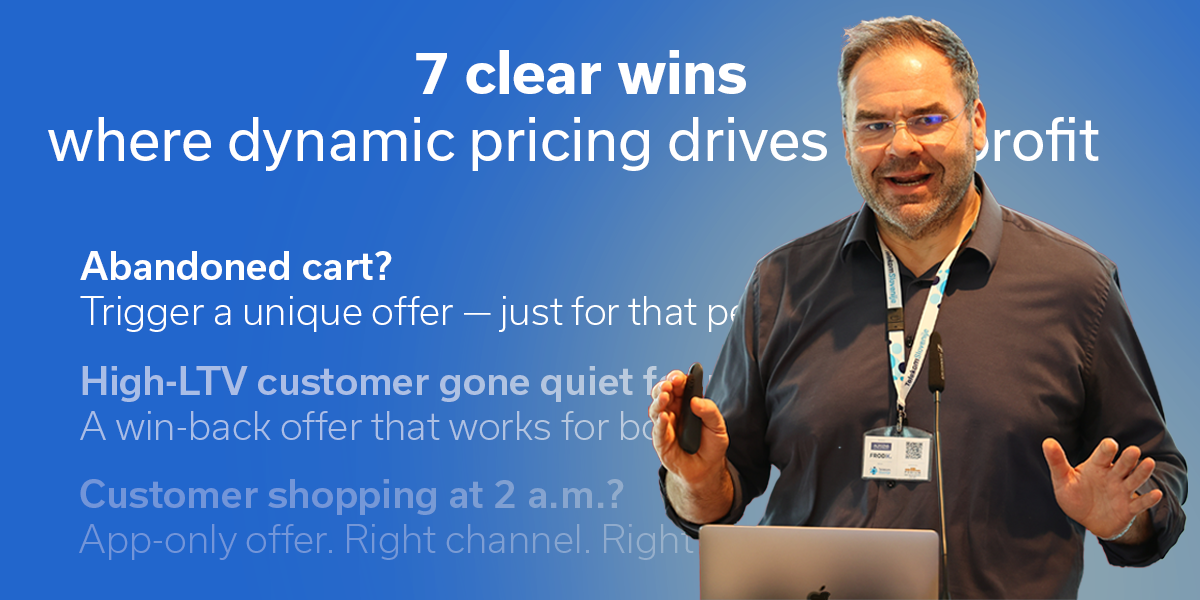Who’s going to be the boss of your new digital coworker?

To be honest, over the past year I’ve found myself repeatedly disappointed. Not with artificial intelligence—it continues to amaze me almost daily. I’m disappointed in how companies are (not) embracing it.
At FrodX, we’ve spent the past two years working on more than 20 projects where we tried to integrate generative AI into business processes. From proof-of-concept setups to pilot projects and even full-scale production systems. Most of these solutions work remarkably well. The results are measurable, the progress tangible. And yet… something gets stuck.
The problem isn’t the tools. The technology is more mature than the companies trying to adopt it. I know that sounds harsh, but I don’t mean it in a negative way. It’s just an observation.
Most companies still see AI as “something IT should handle.” Just another piece of software. A tool you plug in. Not as a digital team member who takes on tasks, changes workflows, redistributes responsibilities, and reshapes how performance is measured and rewarded. In other words—something that needs to be embedded organizationally, not just technically.
The clearest sign of this? When a company proudly announces in its PR that AI handles half of their contact center calls—yet no one lost their job or even changed roles because of it.
Ticket classification? Yes. First contact with a customer? Not yet.
Let me give you a concrete example. Some of our clients have already implemented AI agents in their contact centers. These agents classify tickets, draft responses, or even reply directly instead of live agents. We’ve even deployed voice agents—in some cases, they’re truly impressive.
For example, we developed an AI agent for one client that handles inbound customer calls and can respond independently in most scenarios. If it doesn’t know the answer or isn’t authorized to handle a case, it transfers the call to a human agent. On average, customers who interacted with the AI agent rated the experience higher than those who spoke with a live agent.
And what happened? Instead of making the AI agent the default first point of contact, they tucked it away in a mobile app tab or on an intranet page. To really use the solution, they would need to take the next step—reconfigure the phone system to route incoming calls directly to the AI. But they’re not quite ready to take that leap.
Not because it doesn’t work. Not because customers are unhappy. But because someone in the organization would need to change established processes. Take responsibility. Become the boss of the digital coworker. That’s not easy—I get it. Maybe we didn’t help them think through that part well enough at the start.
Start by deciding what you actually want AI to do
In the past two years, I’ve seen plenty of cases where companies implement an AI automation module that could’ve been solved with a few rules and simple algorithms a decade ago. In truth, AI wasn’t even necessary for that kind of automation. Meanwhile, other areas where generative AI could make a massive leap forward remain untouched.
Why?
Because companies still think of AI as a technology, not a coworker who fills a gap. And because the conversation always starts from the wrong place: what the tech can do, not what the business wants to improve.
I see the biggest potential in areas where there currently is no solution. Missed customer calls are a great example—an overlooked part of the post-purchase experience. Calls that go unanswered. AI here isn’t a threat to existing workflows or relationships—it fills a void.
What if you started where you currently offer nothing?
This kind of blank space that AI can fill doesn’t take jobs away. It doesn’t reduce headcount. On the contrary—it clarifies roles and even elevates the department’s importance. That’s where AI fits. Where there’s currently nothing, whatever you add is an improvement. That’s where solutions stick. And that’s where you see real impact.
So what’s the next step?
If I had to give advice on where to start—it’s not where the biggest challenge is. It’s not where your top performers are already overwhelmed. Start where there’s nothing. Where there’s no clear responsibility. No owner. And ask yourself: could AI help here?
And one more thing: the next time someone says AI is the future—consider that the future might already be here. Your organization just hasn’t made a move to invite it to the table yet.


.png)